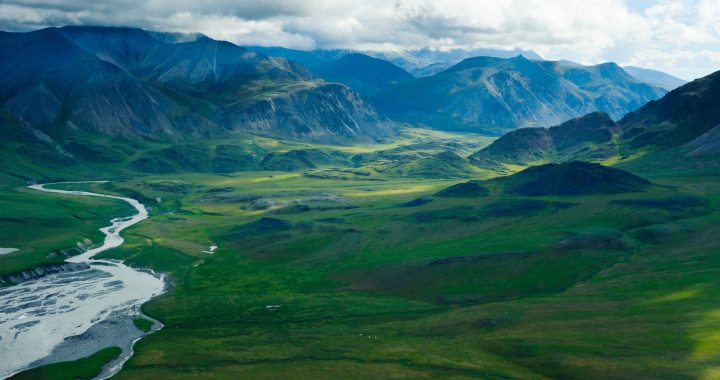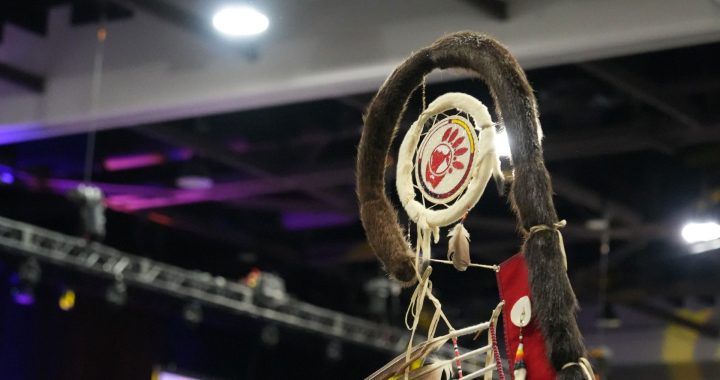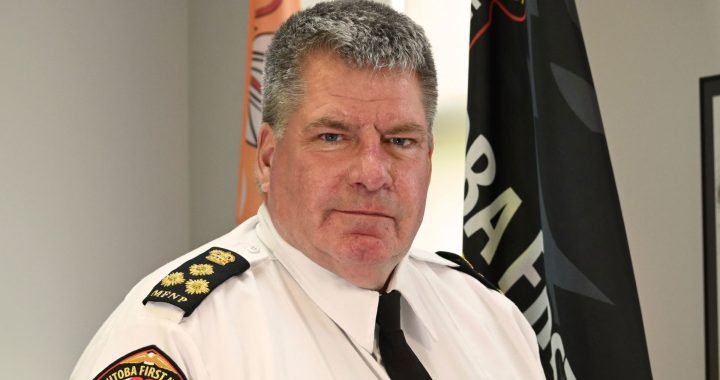If there’s one thing most residents of Kahnawake can agree on, it’s that the Mercier Bridge – which connects the island of Montreal to the Mohawk community on the south shore – is in desperate need of repair.
The 85-year-old structure, now gouged with cracks and holes, recently re-opened to traffic after an urgent month-long closure in June.
It’s a crucial thoroughfare for Montrealers; an estimated 75,000 commuters use the bridge every day.
But talk of more construction, and possibly an expansion of the bridge, has become a considerable source of tension among Kahnawa’kehró:non.
And no one seems to have a straight answer about the possible toll that a new or improved bridge will have on a community that says they’ve already surrendered too much land and fauna for Canada’s benefit.
Project specs
In a written statement, the Quebec Transport Ministry (MTQ) confirmed that it is “still planning on rebuilding a portion of the bridge near the current structure with the same measurements,” along with the addition of a new multi-purpose lane.
The MTQ has not released a schedule or precise budget for the work, as the ministry is “still collecting data for the design of the structure.”
Once surveys are completed, the project – expected at this point to surpass $100 million in construction costs – will need government approval.
“However, be assured that we work in collaboration with the Mohawk Council of Kahnawake (MCK), and we keep them updated on the project,” a spokesperson told APTN News via written statement.
Talks between local and provincial governments have reportedly been ongoing since 2008; general discussion about upgrading the bridge has gone on far longer.
However, most residents of Kahnawake say they weren’t aware that the project was moving forward until they learned that a series of “geo studies” – core drilling and other underwater feasibility initiatives – would be happening with little notice.
Even though the work is preliminary, according to the Mohawk Council, the community worries that if they give an inch, the provincial and federal governments will take a mile.
Elders rallying
Reflecting on the construction of the Saint Lawrence Seaway in the 1950s, Longhouse Elder Kenneth Deer remembers it all.
“They were working 24 hours a day, dynamiting,” he explained. “The [dynamite] wire was colourful though – it had yellow, red, and blue — and we’d take that wire and we’d decorate our bicycles with them.”
But despite the filter of childhood fancy, there’s no denying introduction of the seaway had a profound impact on the people.
“The whole idea that we’re no longer part of the river had a real spiritual impact, mental, psychological impact on our people,” Deer explained.
“We’re not going to give up one more square inch of land. We’ve already given up a lot of land for the seaway, highways and bridges, hydroelectric poles and towers; this community has given a lot to the infrastructure of Canada, and we don’t want to give up any more, you know?”
Deer recently spoke out on behalf of his cohorts at the Kahnawake 207 Longhouse – the community’s proponents of traditional leadership – saying they disagree with the lack of transparency and overall handling of the project, even in these early stages.
“Yes, we need a new bridge, but we’ve got to find a way of doing it without self-destroying any of our land – giving up any of our land, or destroying it,” he added.
The elected officials at the MCK issued a statement reassuring residents that they agree with this traditional view of “not one more inch,” and appealed for calm from all sides.
“The issue appears to stem from a misconception that the MCK has already approved the new span,” Rhonda Kirby, portfolio chief for transportation, said in a statement. “I can guarantee for the record that no Kahnawake land will be lost. The environment will be protected, and importantly, the community will be consulted.”
Environmental concerns
After the uproar by Longhouse 207, the Mohawk Council indefinitely postponed its planned underwater surveys.
Environmental activists, and those who live off the land, were indignant because the drilling was expected to take place in sturgeon habitat.
The species, highly protected by fishing restrictions enforced across Quebec, requires an undisturbed – and highly delicate — environment for spawning.
A recent study by the University of British Columbia revealed that biodiversity thrives in Indigenous-managed lands.
Deer says in the wake of the construction announcement, there are increased concerns for animal and plant life above the Saint Lawrence’s surface as well.
“They’re talking about filling in acres and acres of land to put construction shacks and whatever else up,” he said. “Those are concerns because that’s not going to be replaced. It’s going to destroy the animals and the plants that live in that part.”
Kahnawake Environmental Protection Office (KEPO) and the Mohawk Council were unavailable to comment before deadline.
Moving forward, Deer says he expects all governments to maintain an open and honest dialogue with the Mohawk community about their infrastructural development.
“We were a river people – our rights don’t end at the shoreline,” he added.










